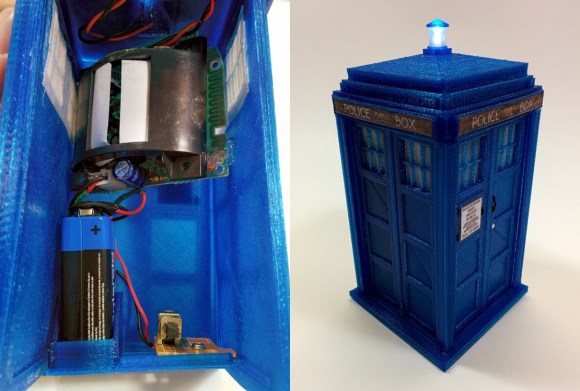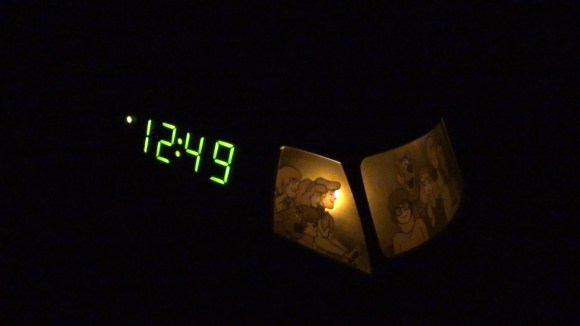Put aside all of the projects that use an Arduino to blink a few LEDs or drive one servo motor. [IngGaro]’s latest project uses the full range of features available in this versatile microcontroller and has turned an Arduino Mega into a fully-functional home alarm system.
The alarm can read RFID cards for activation and control of the device. It communicates with the front panel via an I2C bus, and it can control the opening and closing of windows or blinds. There is also an integrated GSM antenna for communicating any emergencies over the cell network. The device also keeps track of temperature and humidity.
The entire system can be controlled via a web interface. The Arduino serves a web page that allows the user full control over the alarm. With all of that, it’s hard to think of any more functionality to get out of this tiny microcontroller, unless you wanted to add a frickin’ laser to REALLY trip up the burglars!

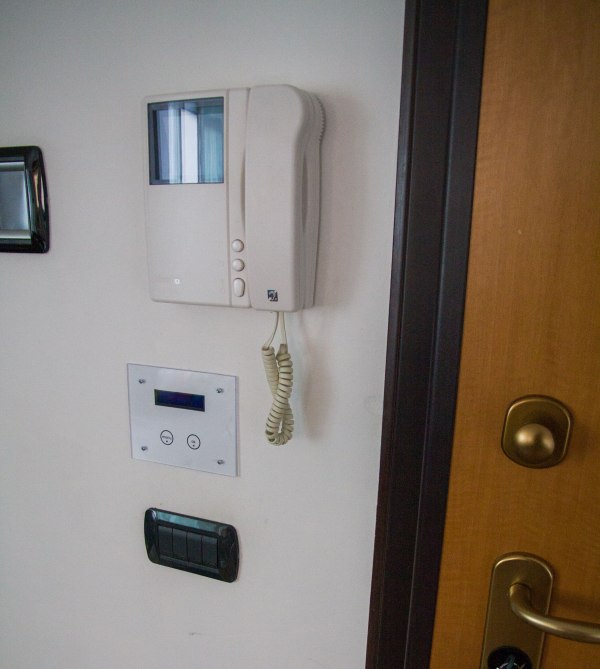

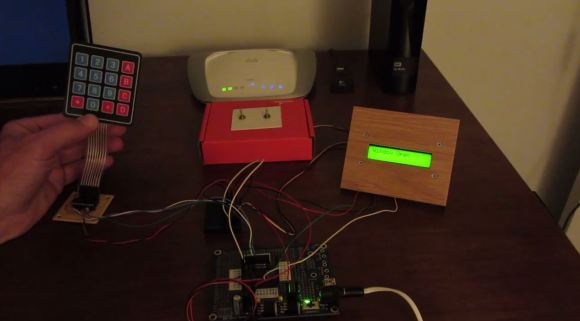
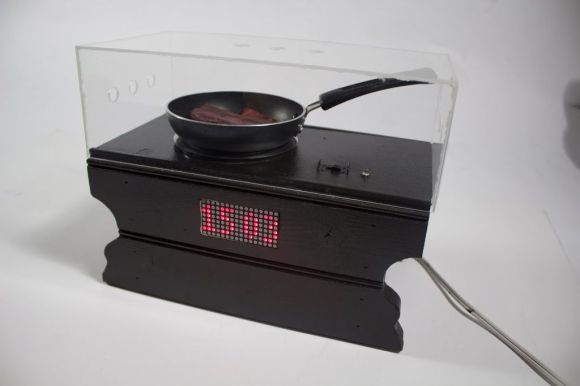
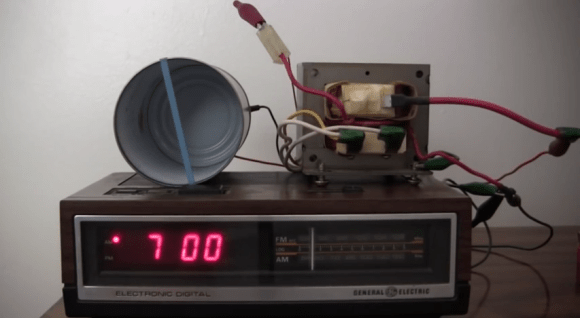 Let’s face it: most of us have trouble getting out of bed. Many times it’s because the alarm isn’t loud enough to rouse us from our viking dreams. [RimstarOrg]’s homeowner’s association won’t let him keep a rooster in the backyard, so
Let’s face it: most of us have trouble getting out of bed. Many times it’s because the alarm isn’t loud enough to rouse us from our viking dreams. [RimstarOrg]’s homeowner’s association won’t let him keep a rooster in the backyard, so 